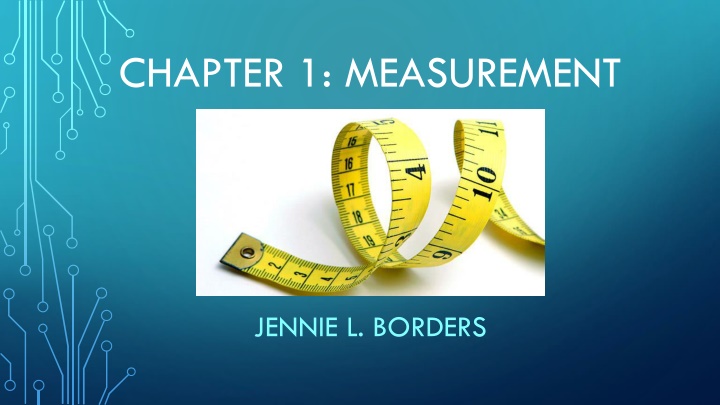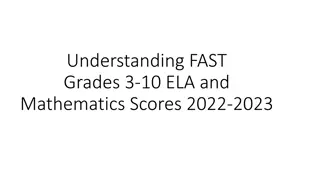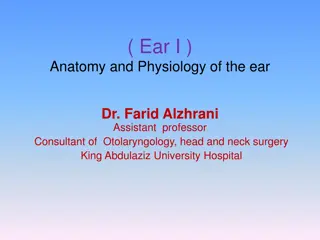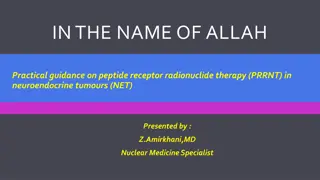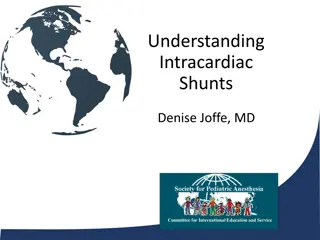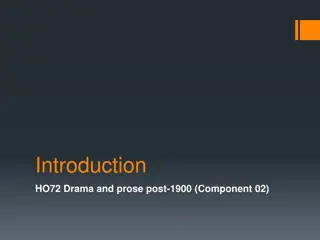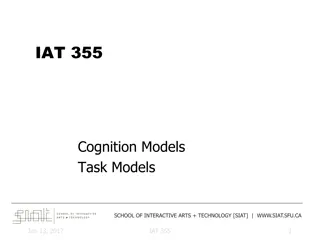Understanding Sinonasal Tumours in Otolaryngology
Sinonasal tumours in otolaryngology encompass a wide variety of benign and malignant growths, classified based on their tissue origin. They can affect structures like the maxillary and ethmoid sinuses, presenting with various clinical features. Staging plays a crucial role in determining the extent of the disease, guiding treatment decisions.
Download Presentation

Please find below an Image/Link to download the presentation.
The content on the website is provided AS IS for your information and personal use only. It may not be sold, licensed, or shared on other websites without obtaining consent from the author.If you encounter any issues during the download, it is possible that the publisher has removed the file from their server.
You are allowed to download the files provided on this website for personal or commercial use, subject to the condition that they are used lawfully. All files are the property of their respective owners.
The content on the website is provided AS IS for your information and personal use only. It may not be sold, licensed, or shared on other websites without obtaining consent from the author.
E N D
Presentation Transcript
CHAPTER 1: MEASUREMENT JENNIE L. BORDERS
SECTION 1.3: MEASUREMENT Scientific notation is a way of expressing a value as the product of a number between 1 and 10 and a power of 10. If the number is large (the zeros are after the other digits), then the power of 10 is positive. (Ex: 45000 m = 4.5 x 104 m) If the number is small (the zeros are before the other digits), then the power of 10 is negative. (Ex: 0.00289 s = 2.89 x 10-3 s)
SAMPLE PROBLEMS 1.Write the following numbers in scientific notation. a. 300000 J b. 0.0188 m 2.Write the following numbers in standard notation. a. 6.7 x 10-6L b. 4.29 x 105m/s
PRACTICE PROBLEMS 1.Write the following numbers in scientific notation. a. 0.0000005 cm b. 478000 g 2.Write the following numbers in standard notation. a. 8.1 x 103g/mL b. 2.8 x 10-2N
SI UNITS Scientists use a set of measuring units called SI, or the International System on Units. Quantity Length Mass Temperature Time Amount of Substance Electric Current Luminous Intensity Unit Meter kilogram Kelvin second mole ampere candela Symbol m Kg K s mol A cd
METRIC PREFIXES A metric prefix indicates how many times a unit should be multiplied or divided by 10. There is an easy saying to help you remember the order of the prefixes that we will use in this class (and to help you convert) King Henry Died Unexpectedly Drinking Chocolate Milk
CONVERTING METRIC UNITS If a unit conversion deals with metric prefixes, then you can move the decimal to convert.
SAMPLE PROBLEMS 1.Make the following conversions. a. 59.7 m to cm b. 1890 kg to dg
PRACTICE PROBLEMS 1.Make the following conversions. a. 59000 mL to L b. 0.0079 das to ms
CONVERTING UNITS THAT ARE NOT BASE 10 Sometimes you will need to do a conversion that is not based on the metric system (base 10). For these conversions, you CANNOT move the decimal. There is a golden rule that works for EVERY conversion that you will ever see. The golden rule states that the unit that you start with in the numerator always goes in the denominator of the conversion factor.
SAMPLE PROBLEMS 1.Make the following conversions. a. 18.9 in to cm (1 in = 2.54 cm) b. 9600 s to hr (you should know the conversion factors for time)
PRACTICE PROBLEMS 1.Make the following conversions. a. 150 lbs. to kg (1 kg = 2.2 lbs.) b. 1170 cal to J (1 cal = 4.184 J)
REARRANGING FORMULAS Sometimes you will need to rearrange a formula to solve for a variable. The variable that you are solving for should always be by itself on one side of the equal sign, and it should be in the numerator. To move variables to the other side of the equal sign, just use the opposite mathematical expression.
SAMPLE PROBLEMS 1.Rearrange to following equations to solve for the variable that is red. a. q = mc T b. v = d/t
PRACTICE PROBLEMS 1.Rearrange to following equations to solve for the variable that is red. a. P = W/t b. K = oC + 273
CHALLENGE PROBLEM 1.Rearrange to following equations to solve for the variable that is red. a. KE = 1/2mv2
